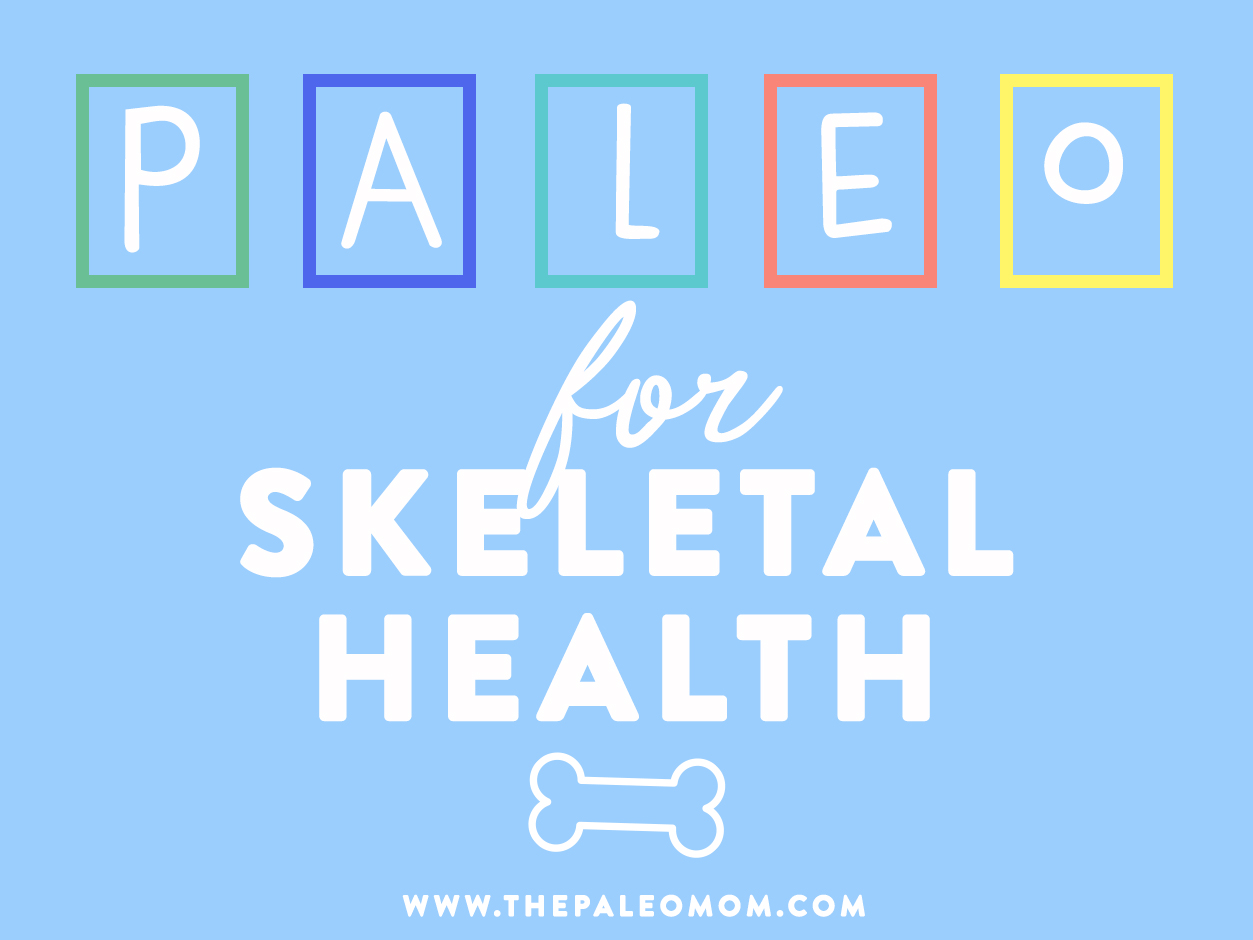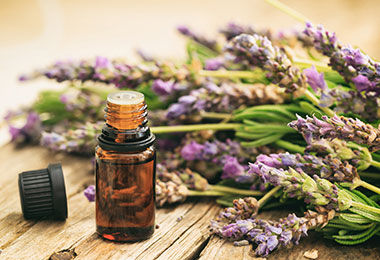By: Dr. Sarah Ballantyne, PhD
September 17, 2018
Osteoporosis affects approximately 10 million Americans over the age of 50, and a further 34 million older Americans have low bone mass (osteopenia). And brittle bones in our later years is a major mortality risk. For example, 1 in 5 people who fracture a hip die withing 6 months (and if you extend that time frame to 1 year, it’s even worse, 1 in 4 die). Keeping our bones healthy can greatly improve our health in old age, but it comes in handy at any time of life! Our bones provide structure to our bodies, anchor our muscles for movement, protect our organs, and store calcium and other minerals for us. The good news is that it’s relatively easy to support our skeletal health, by providing the right nutrients and the stimulus of activity!
Is Dairy Essential for Bone Health?
“Milk, it does your body good,” or so we’ve been told by actors and models with comical milk mustaches since the 1980s. However, once we recognize that there are several reasons why dairy products are not ubiquitously beneficial (see The Great Dairy Debate), the natural follow up question is “but, what about bone health?” Dairy products are not the only good source of calcium out there. In fact, fruits, vegetables, nuts, seeds, meat, and seafood all contain substantial quantities of calcium.
Bones Need More than Calcium
Bone health is about much more than calcium. In fact, there’s at least twenty micronutrients that are essential for bone health, either as constituents of bone, required for enzymatic activity involved in bone remodeling, or as regulators of bone formation. Bone is composed of a mixture of minerals (calcium, phosphorous, magnesium, sodium and potassium, mainly) deposited around a protein matrix that acts as a scaffold. It’s the combination of inorganic (minerals) and organic (protein) materials that provide bone with both strength and flexibility. About 65% of bone tissue is minerals, chiefly calcium and phosphorous bound together in a molecule called hydroxyapatite. The remaining 35% a protein matrix, 90 to 95% of which is type I collagen. Collagen fibers cross-link and twist around each other, forming the interior scaffolding upon which bone minerals are deposited.











